The Evolution of Niche Perfumery: A Fragrant Journey Through Time
In the vast and varied world of fragrances, where each scent tells a tale and evokes a myriad of emotions, the realm of niche perfumery stands as a testament to the art’s purest form. Unlike their commercial counterparts, niche fragrances are not just about the scent; they are about the story, the inspiration, the journey. But how did this world of artisanal scents come to be? Let’s embark on an olfactory odyssey, tracing the origins and evolution of niche perfumery.
The Ancient Beginnings
The roots of niche perfumery can be traced back to ancient civilizations. Long before the commercialization of fragrances, scents were deeply personal and spiritual. In ancient Egypt, perfumes were not just luxury items; they were offerings to the gods, used in rituals and ceremonies. These fragrances, crafted by temple priests, were unique concoctions, often made for specific deities or events.
Similarly, in ancient Persia and India, perfumery was an art form, with individual perfumers crafting scents using local ingredients, each telling a tale of its land, its people, and its history.
The Middle Ages: The Rise of Artisanal Perfumers
As trade routes expanded and new ingredients became available, the Middle Ages saw a surge in individual perfumers. These artisans, often attached to royal courts, would craft bespoke fragrances for royalty and nobility. Unlike the common scents available in the market, these were exclusive, tailored to the wearer’s preferences, and often infused with rare and exotic ingredients.
The Modern Era: The Birth of Commercial Perfumery
With the advent of the industrial revolution and the rise of global markets, the 19th and 20th centuries witnessed the birth of commercial perfumery. Brands began mass-producing fragrances, targeting a wider audience. While this democratized the world of scents, making them accessible to many, it also led to a certain homogenization. The unique, the bespoke, the artisanal took a backseat as brands chased global trends and mass appeal.
The Renaissance of Niche Perfumery
Towards the late 20th century, as a counter-movement to the mass commercialization of fragrances, niche perfumery began its resurgence. Perfumers and enthusiasts, yearning for the authenticity and uniqueness of ancient and medieval scents, started crafting fragrances that were a departure from the mainstream. These were not scents designed for mass appeal; they were olfactory tales, each unique, each profound.
Brands that embraced niche perfumery prioritized quality over quantity. They sourced rare ingredients, experimented with unconventional notes, and often produced fragrances in limited batches. The focus shifted from market trends to artistic expression.
Niche Perfumery Today
Today, niche perfumery stands at the forefront of olfactory innovation. Brands and perfumers in this realm are not afraid to challenge conventions, to explore uncharted territories, and to craft scents that, while not universally appealing, resonate deeply with those who wear them.
These are not just fragrances; they are olfactory narratives, each bottle telling a tale, evoking a memory, transporting the wearer to another time, another place.
In Conclusion
The world of niche perfumery, with its rich history and profound artistry, is a testament to the timeless allure of authentic, unique fragrances. In an age of mass production and global trends, niche scents stand as beacons of individuality and craftsmanship. They remind us that, at its heart, perfumery is not just about smelling good; it’s about feeling, remembering, dreaming, and, above all, expressing oneself in the most intimate and personal way.
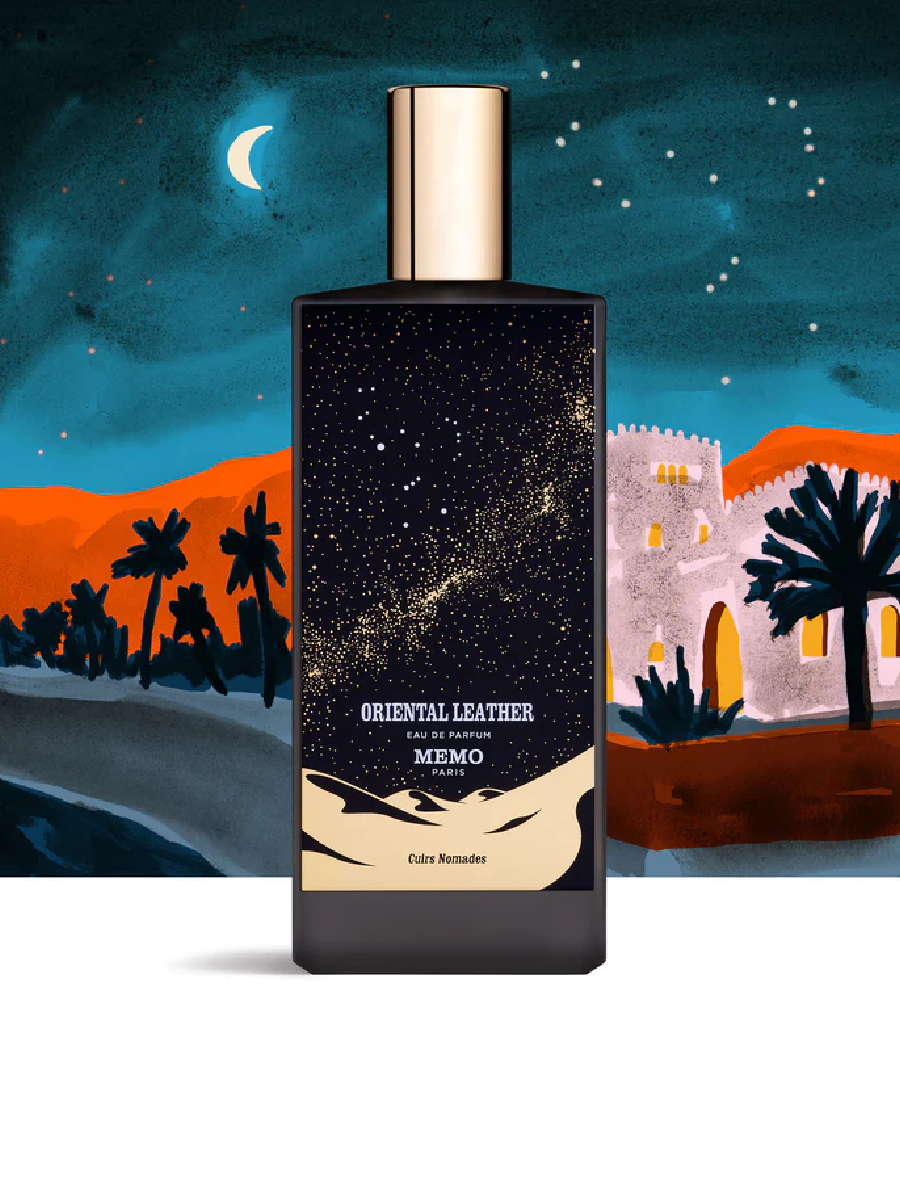
Shop now
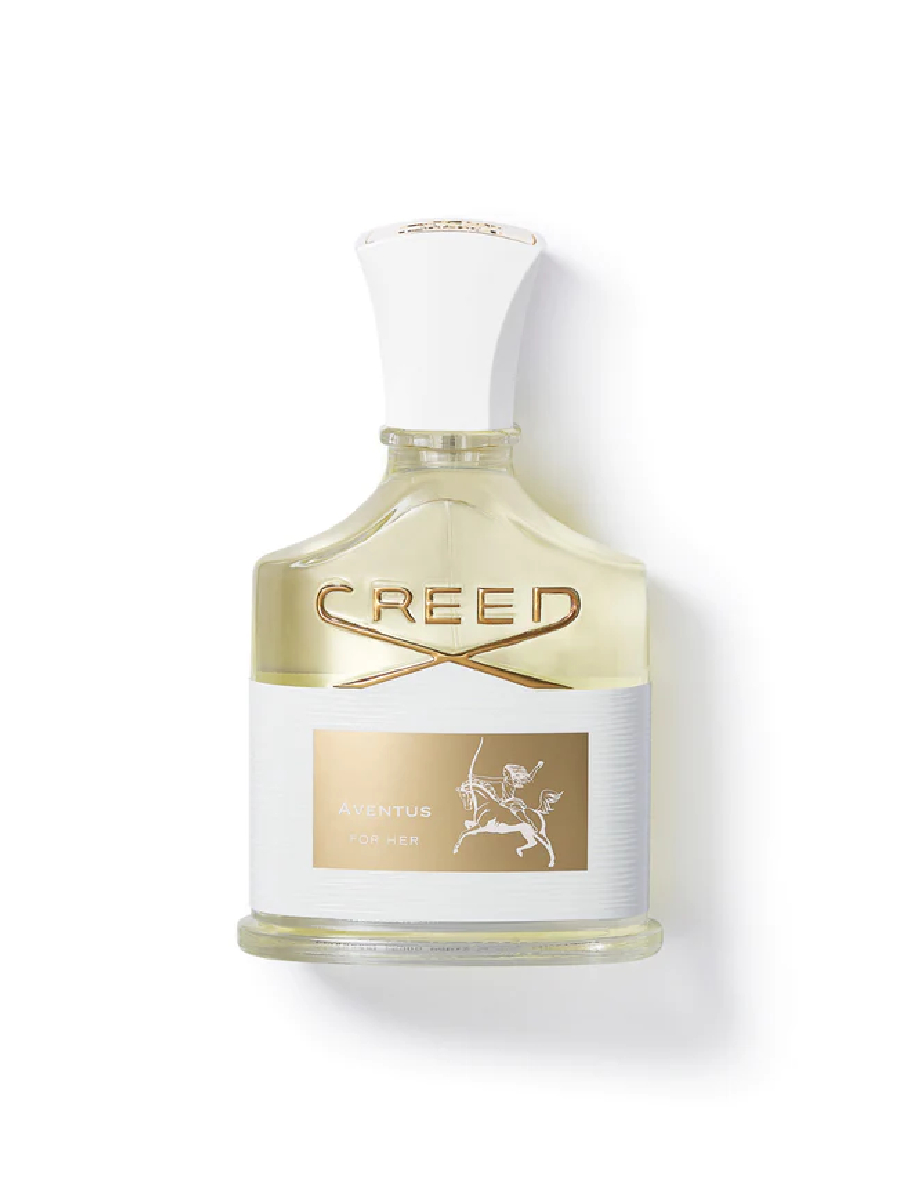
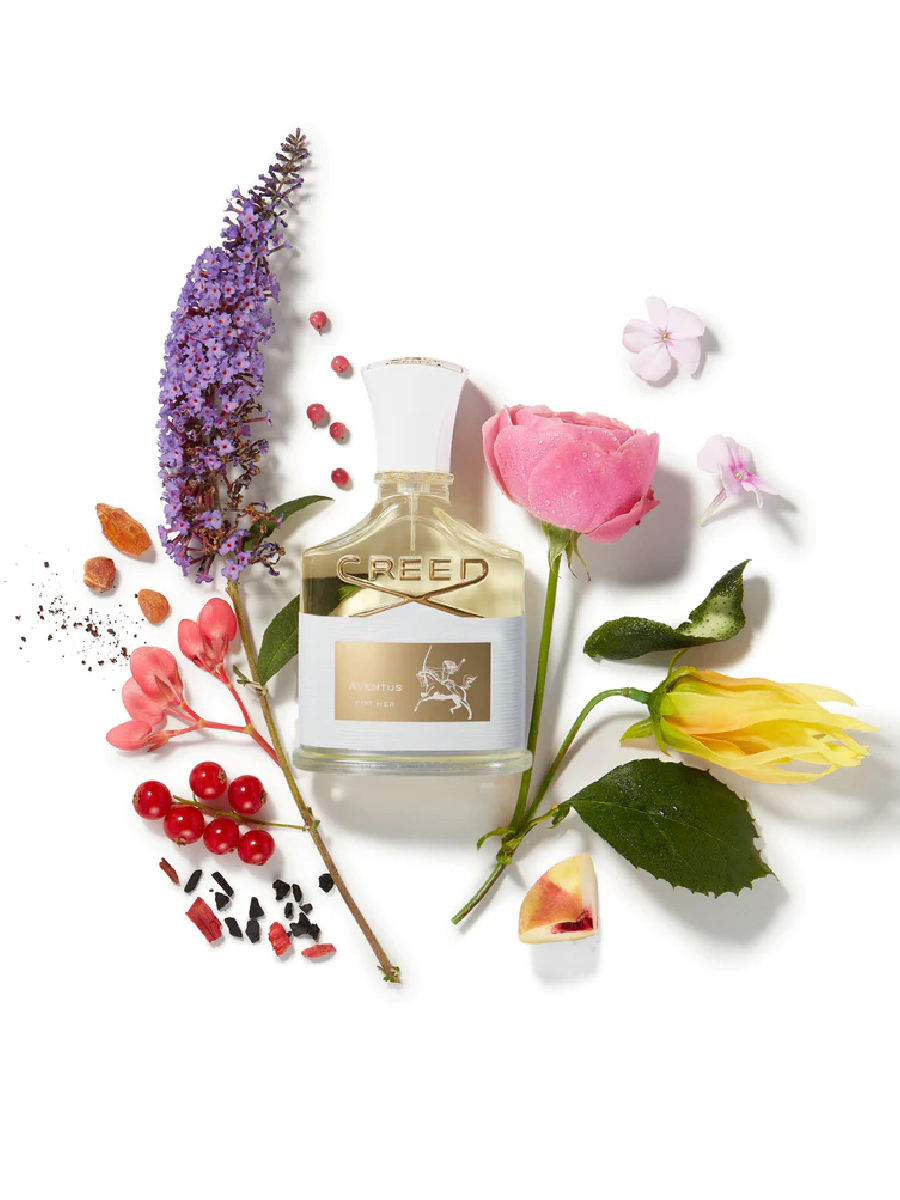 Add to cart
Add to cartCREED AVENTUS (W) EDP 75ML
$469.00 Original price was: $469.00.$328.00Current price is: $328.00.
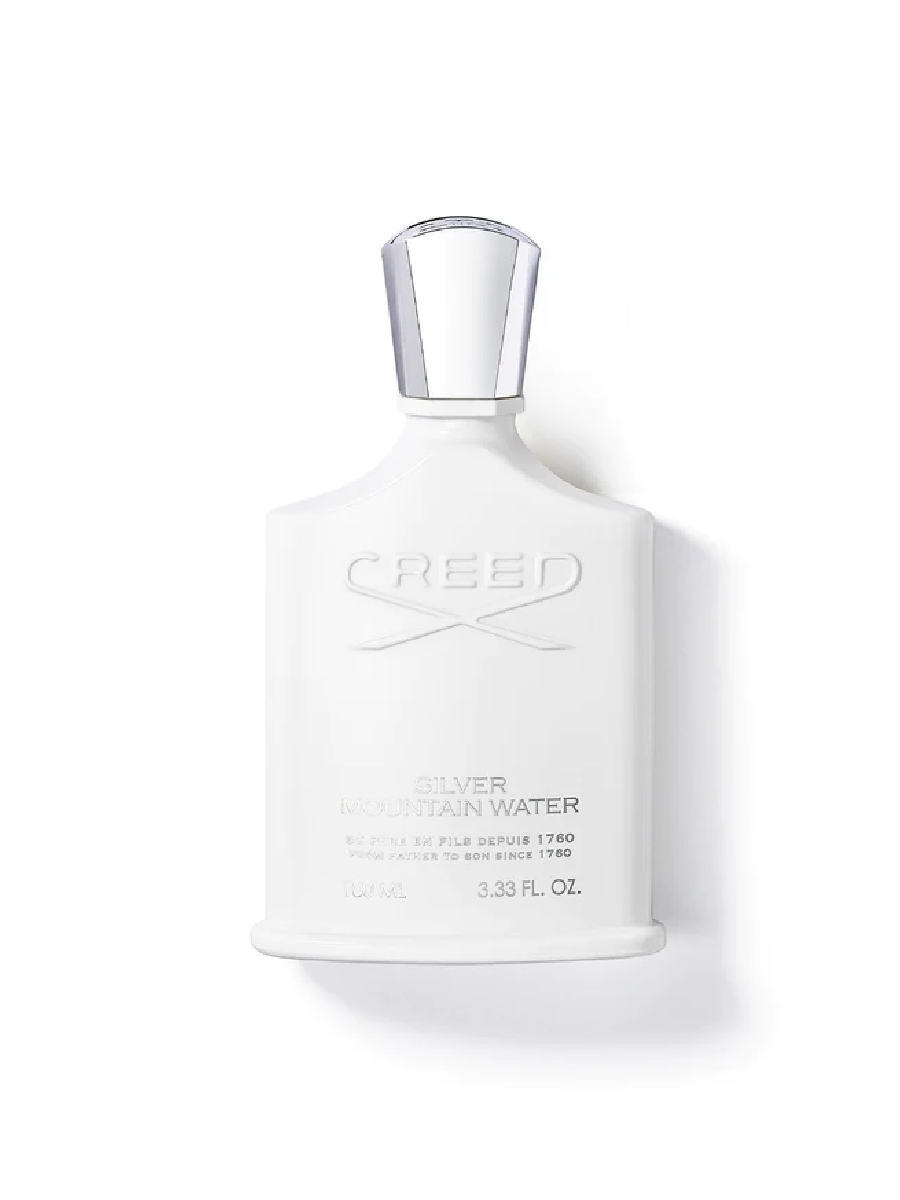
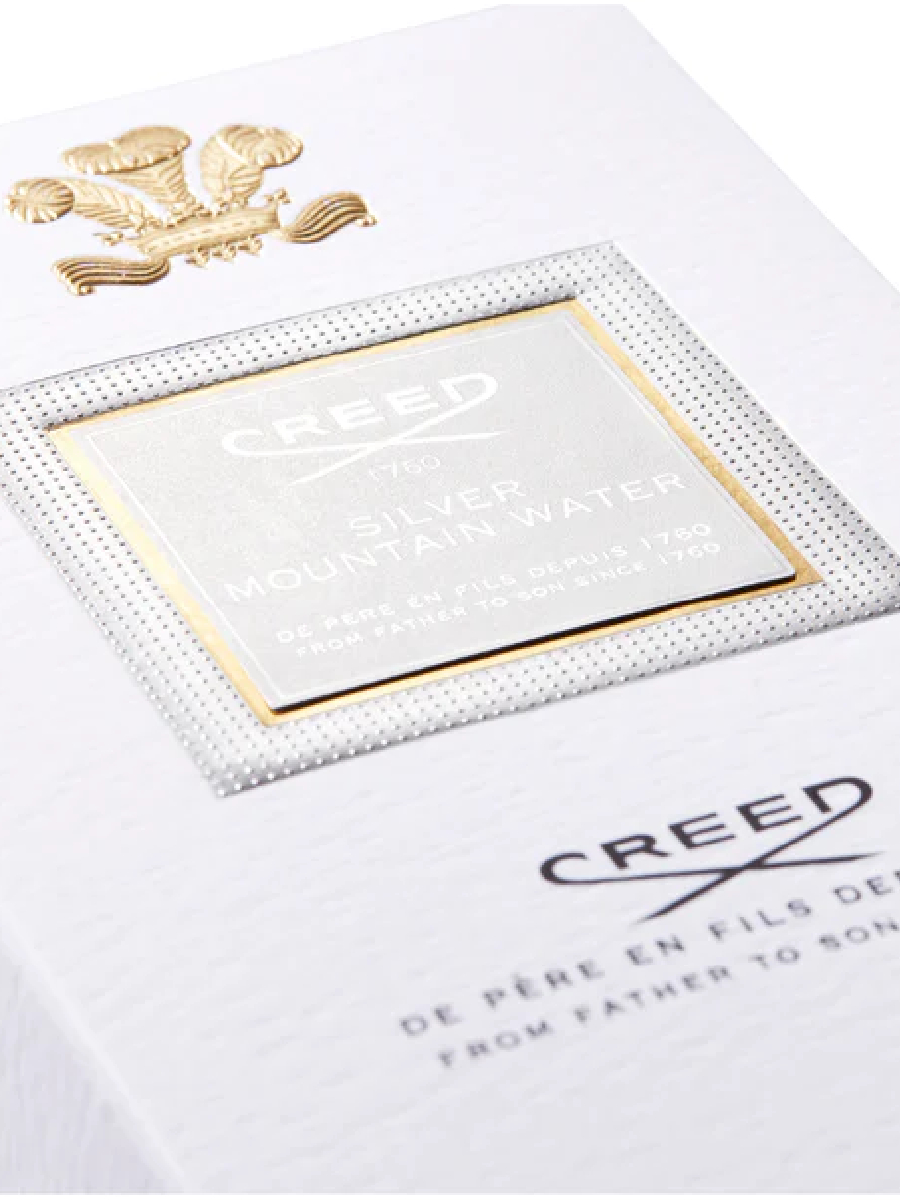 Select options
Select optionsCREED SILVER MOUNTAIN WATER EDP
$261.00 – $329.00
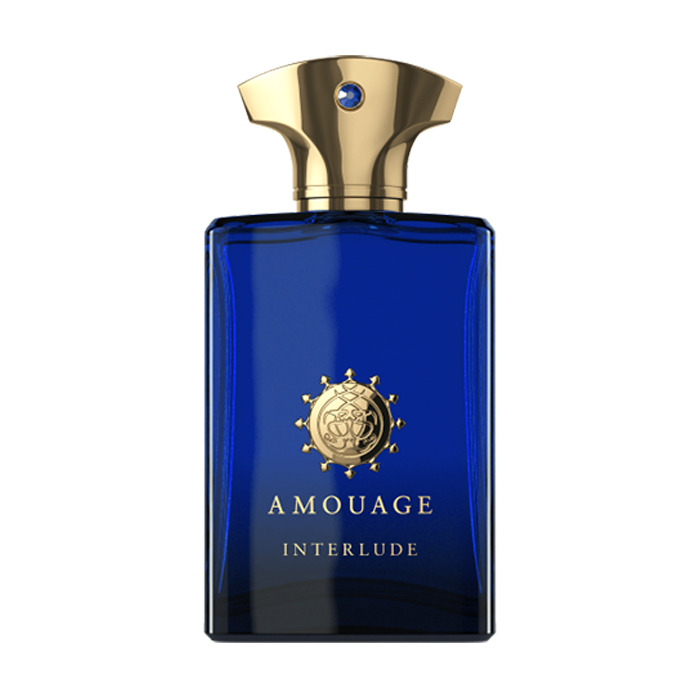
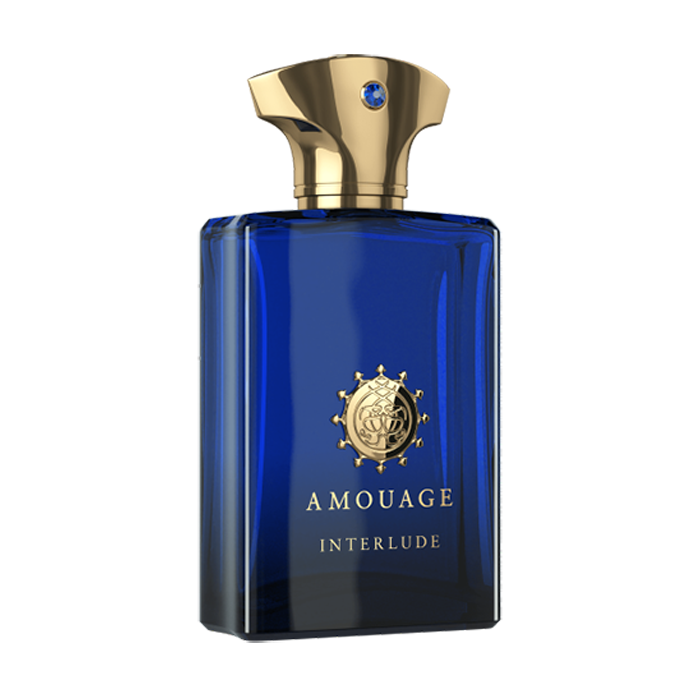 Add to cart
Add to cartAMOUAGE INTERLUDE (M) EDP 100ML
$499.00 Original price was: $499.00.$374.00Current price is: $374.00.
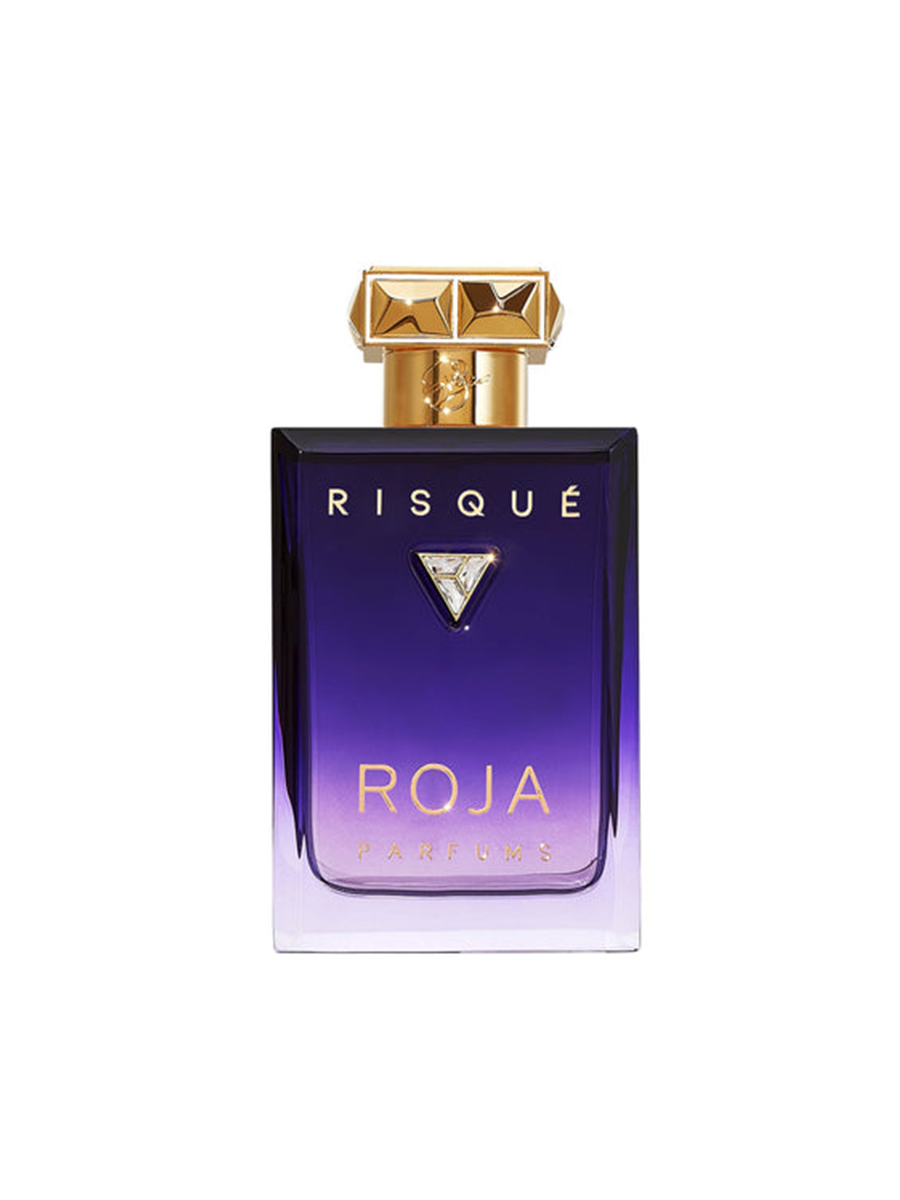
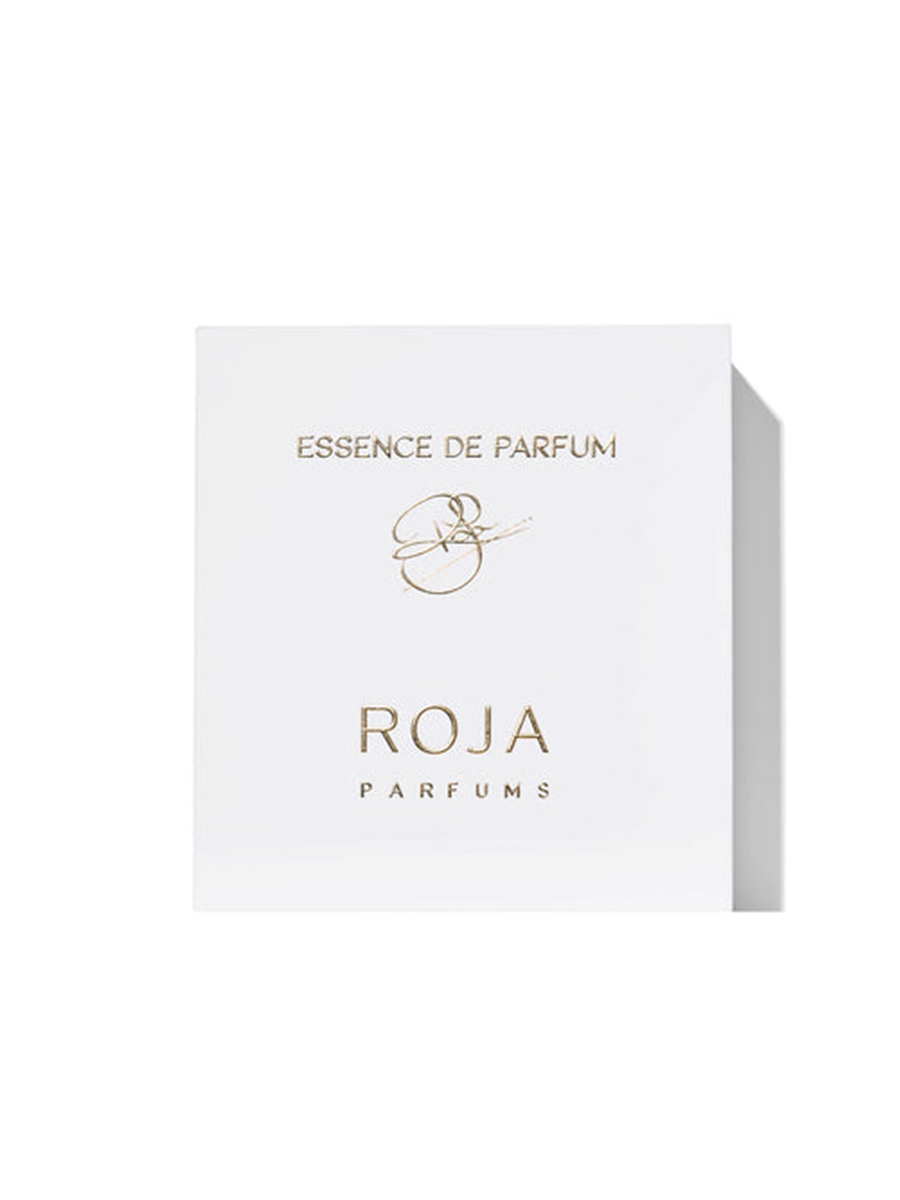 Add to cart
Add to cartROJA PARFUMS RISQUE POUR FEMME ESSENCE DE PARFUM 100ML
$479.00 Original price was: $479.00.$359.00Current price is: $359.00.



